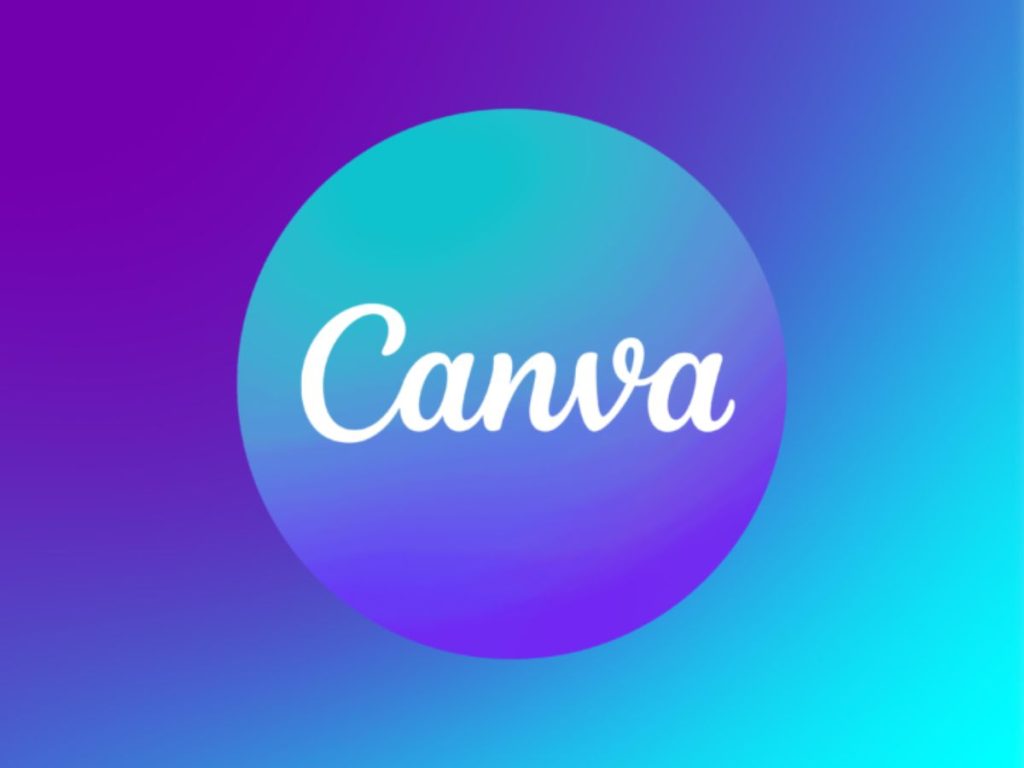In today’s world, choosing the appropriate social media platform is one of the most important factors that will drive your business to success. With so many social media outlets, beginners and seasoned users alike can feel overwhelmed. Understanding how each platform works and aligning it with your business objectives is key.
As a social media consultant, I am here to walk you through the process step by step to help you make the right decision.
1. Understand Your Audience
First, you need to understand who your audience is. Ask yourself:
- Who are they? (age, gender, location, interests)
- What are their social media habits? (Which platforms do they use most often?)
- What type of content do they prefer? (videos, articles, images, etc.)
Each platform attracts different kinds of users:
- Facebook: Wider audience, oriented towards users aged 30+.
- Instagram: Popular among younger audiences (18-34) and highly visual.
- LinkedIn: Best for professionals and B2B networking.
- TikTok: Favored by Gen Z, featuring short-form, creative videos.
2. Define Your Business Goals
Before diving into social media, ask yourself: What do I want to achieve? Your business goals will influence which platform suits you best:
- Brand Awareness: Platforms like Facebook, Instagram, and TikTok are ideal for visually engaging content.
- Lead Generation: LinkedIn and Facebook are effective for ad targeting and lead generation.
- Customer Engagement: Twitter and Instagram offer great opportunities for discussion-based engagement.
3. Know Your Content Strengths
Each platform has different content requirements. Choose a platform that matches your strengths:
- Instagram and TikTok: Visually focused, ideal for businesses that can create high-quality images and video content.
- LinkedIn: Great for written content, industry insights, and professional updates.
- YouTube: Best for longer, informative video content, such as tutorials or product reviews.
- Facebook: Allows a balance of content types, from text to photos and videos.
4. Analyze Your Competition
Look at where your competitors are most active. While you don’t need to copy them, it can give you great insight into where your audience might be:
For example, if you’re in the fashion industry and your competitors are on Instagram and TikTok, it’s a good indication that your audience is likely there too. If you’re in consulting and your competitors thrive on LinkedIn, it suggests you should use LinkedIn as well.
5. Time and Resources
Managing social media platforms takes time and investment. Ask yourself:
- Do I have the time to create content for multiple platforms?
- Do I have a team, or am I managing this alone?
- Can I afford paid ads if needed?
Starting small is often better. Focus on one or two platforms where your audience is most active and gradually scale if necessary.
Final Thoughts
Choosing the right social media platform isn’t about following trends; it’s about understanding your audience, aligning with your business goals, and consistently creating content for the platform that best suits your strengths.
With the right approach, social media can help you grow your business, build relationships, and achieve your goals.

I’m a Digital Marketing Expert, and I love to help businesses gain visibility and scale in online businesses using digital marketing strategies.
Share via:







